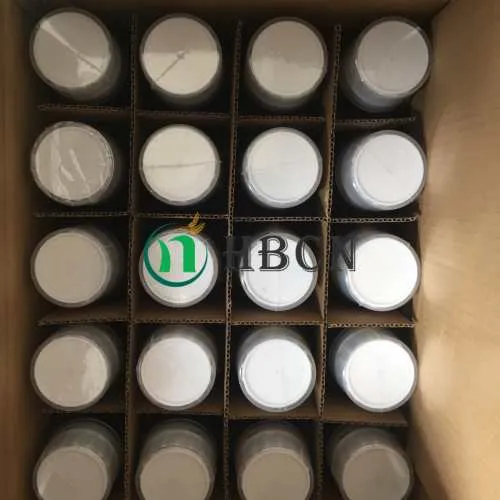
Dic . 13, 2024 17:26 Back to list
mesotrione application exporter
Understanding Mesotrione Application Insights for Exporters
In the ever-evolving landscape of agricultural practices, herbicide application remains a critical component in crop production. Among the plethora of herbicides available, Mesotrione has gained significant traction due to its effectiveness and versatility. For exporters in the agricultural sector, understanding the nuances of Mesotrione application is essential for maximizing efficiency, ensuring compliance, and catering to market demands.
What is Mesotrione?
Mesotrione is a selective herbicide primarily used to manage broadleaf weeds and some grass weed species in various crops such as corn, potatoes, and turf. It operates by inhibiting the plant's ability to produce chlorophyll and carotenoids, leading to the eventual death of the target weeds. Its effectiveness can be attributed to its unique mode of action, allowing it to control a wide range of species with minimal impact on desirable crops.
Application Methods
The application of Mesotrione can be performed using several methods, including pre-emergence and post-emergence treatments. Pre-emergence application occurs before the weeds and crops emerge from the soil, targeting seeds germinating in the soil. In contrast, post-emergence application is executed after crop emergence, allowing for weed control when the target plants are actively growing.
For exporters, understanding the appropriate timing and method of application is crucial. This knowledge assists in guiding farmers on best practices, ensuring that crops remain healthy while effectively managing weed populations. Furthermore, advising on proper application techniques can help mitigate accidental damage to non-target species, an essential consideration in today's environmentally conscious market.
Regulatory Compliance
As with any agrochemical product, regulatory compliance is paramount for exporters. Mesotrione, like other herbicides, is subject to strict regulations in various countries. This includes registration, safety assessments, and adherence to application guidelines set forth by local authorities. Exporters must stay informed about the regulations in the importing countries to ensure their products meet all legal requirements.
mesotrione application exporter

Additionally, understanding the classification of Mesotrione, including its toxicity levels and environmental impact, is necessary for effective marketing. Exporters should be prepared to provide detailed information on the safety measures associated with its use, including protective equipment for handlers, guidance for mixed-use, and considerations for sensitive environments.
Market Trends and Consumer Demand
The global market for herbicides, including Mesotrione, is influenced by several factors, including evolving agricultural practices, crops in demand, and consumer preferences. As sustainability becomes a focal point in agriculture, many producers are seeking herbicides that offer effective weed control while minimizing environmental impact.
Exporters can position themselves strategically by emphasizing the eco-friendliness of Mesotrione in comparison to other herbicides. Highlighting its low persistence in the environment and its favorable toxicological profile can attract environmentally conscious consumers and producers alike. Furthermore, as integrated pest management (IPM) practices gain popularity, Mesotrione’s compatibility with such strategies can be an attractive selling point.
Logistics and Distribution
Effective logistics and distribution strategies play a vital role in the successful export of Mesotrione. Given that herbicides require careful handling and regulation during transportation, exporters must ensure that their distribution networks are equipped to manage these needs. This includes maintaining proper storage conditions, adhering to labeling requirements, and ensuring timely delivery to prevent shortages during critical application periods.
Establishing strong relationships with local distributors and agricultural cooperatives can facilitate smoother operations and open new avenues for market penetration. Providing training and resources to distributors can further enhance product knowledge, leading to improved customer service and satisfaction.
Conclusion
As the demand for effective weed management solutions continues to grow, Mesotrione holds a significant place in the global herbicide market. For exporters, understanding the complexities of Mesotrione application—ranging from application methods and regulatory compliance to market trends and logistics—is essential for leveraging its full commercial potential. By staying informed and proactive, exporters can position themselves effectively in a competitive landscape, driving success while promoting sustainable agricultural practices.
-
Kasugamycin Fungicide: Efficient Bacterial & Fungal Control
NewsAug.02,2025
-
Emamectin Benzoate: AI-Optimized Pest Control Solution
NewsAug.01,2025
-
Best Abamectin 95% | Top Pesticide for Crop Protection
NewsJul.31,2025
-
Insecticide Spirotetramat 11% + Thiacloprid 11% SC at Good Price
NewsJul.30,2025
-
Best Abamectin SDS - Premium Quality & Reliable Safety Data
NewsJul.29,2025
-
Agrochemicals Pesticides Solutions for Sustainable Farming
NewsJul.29,2025
